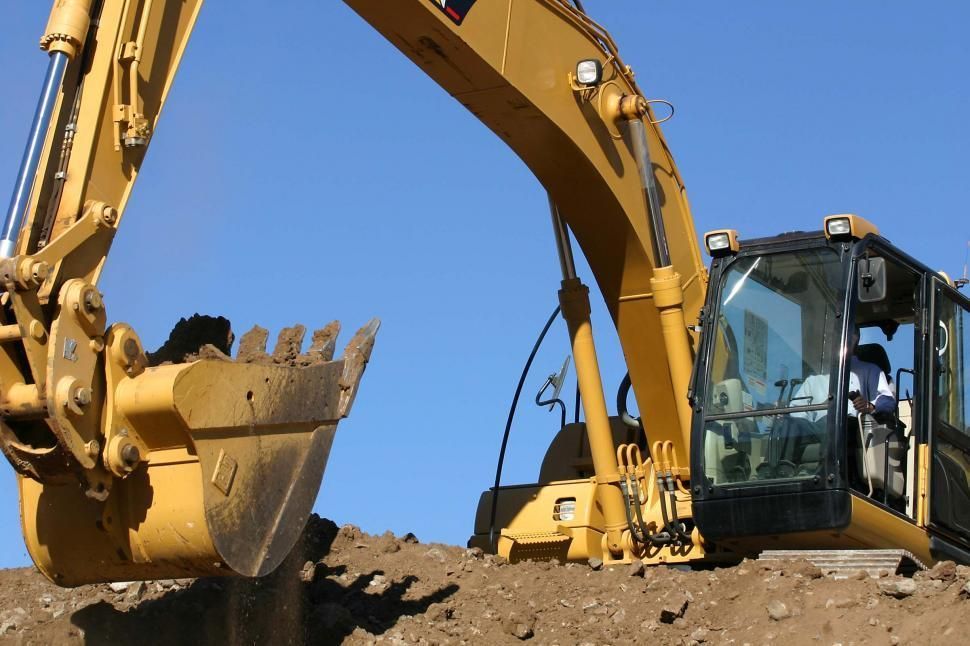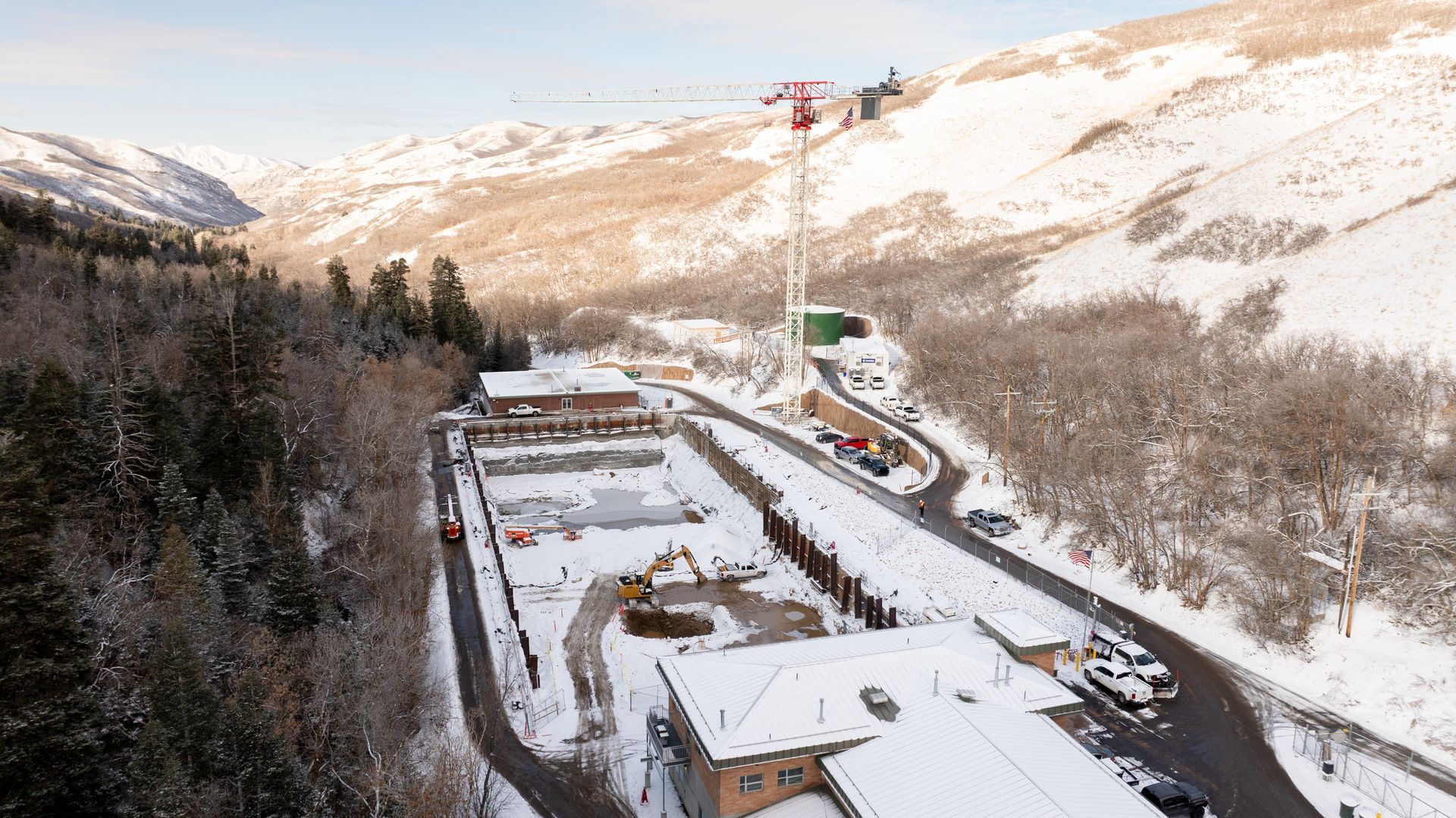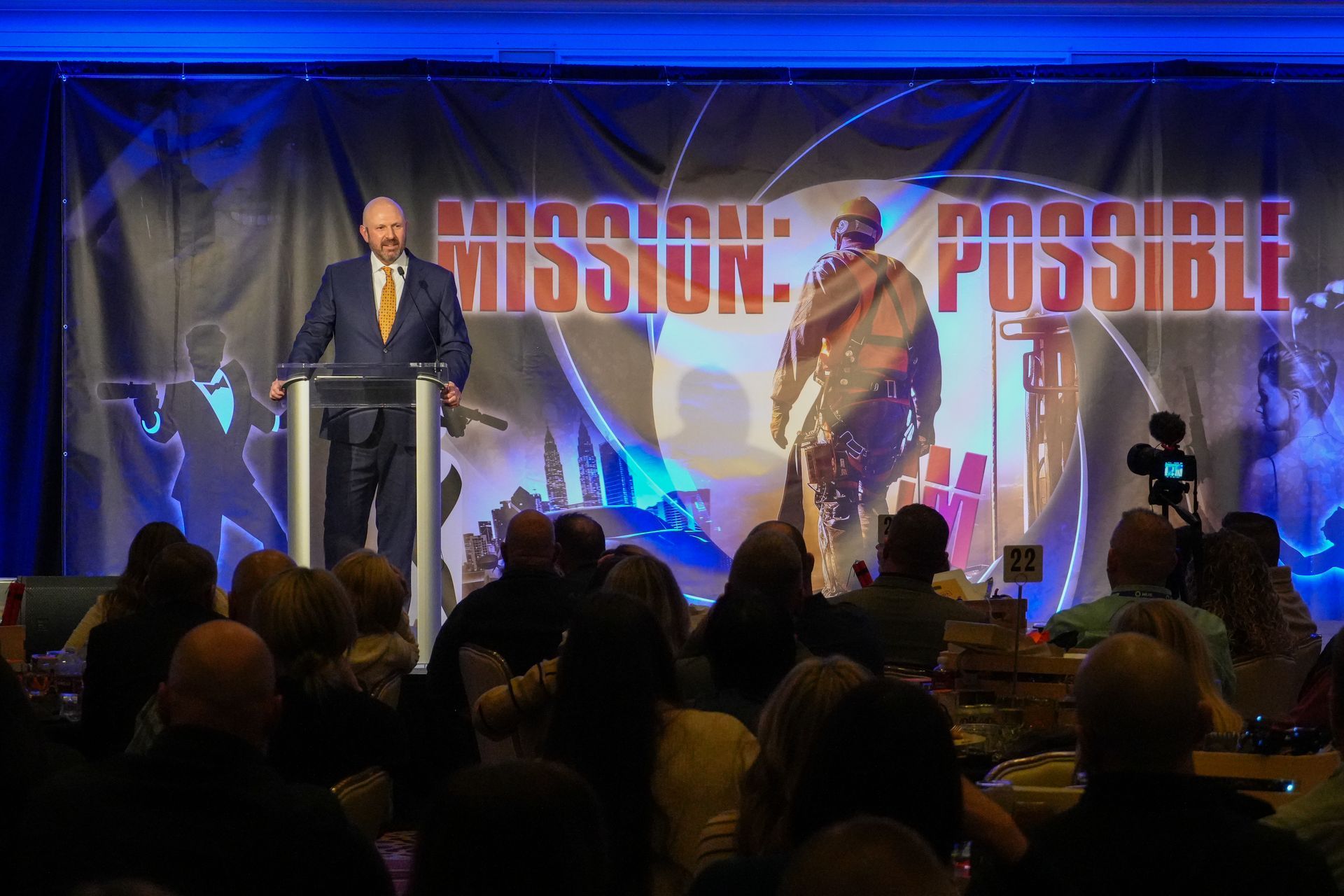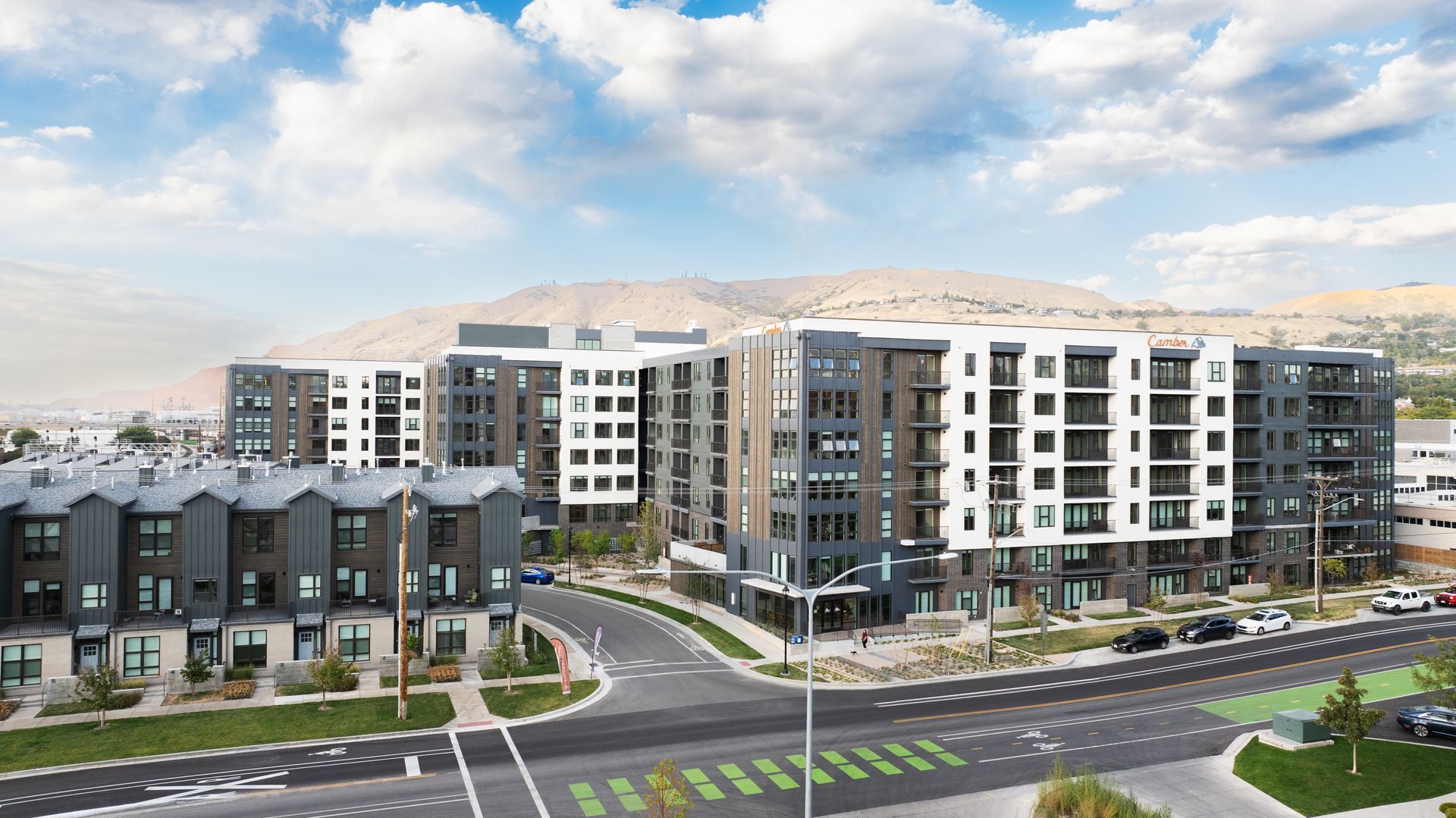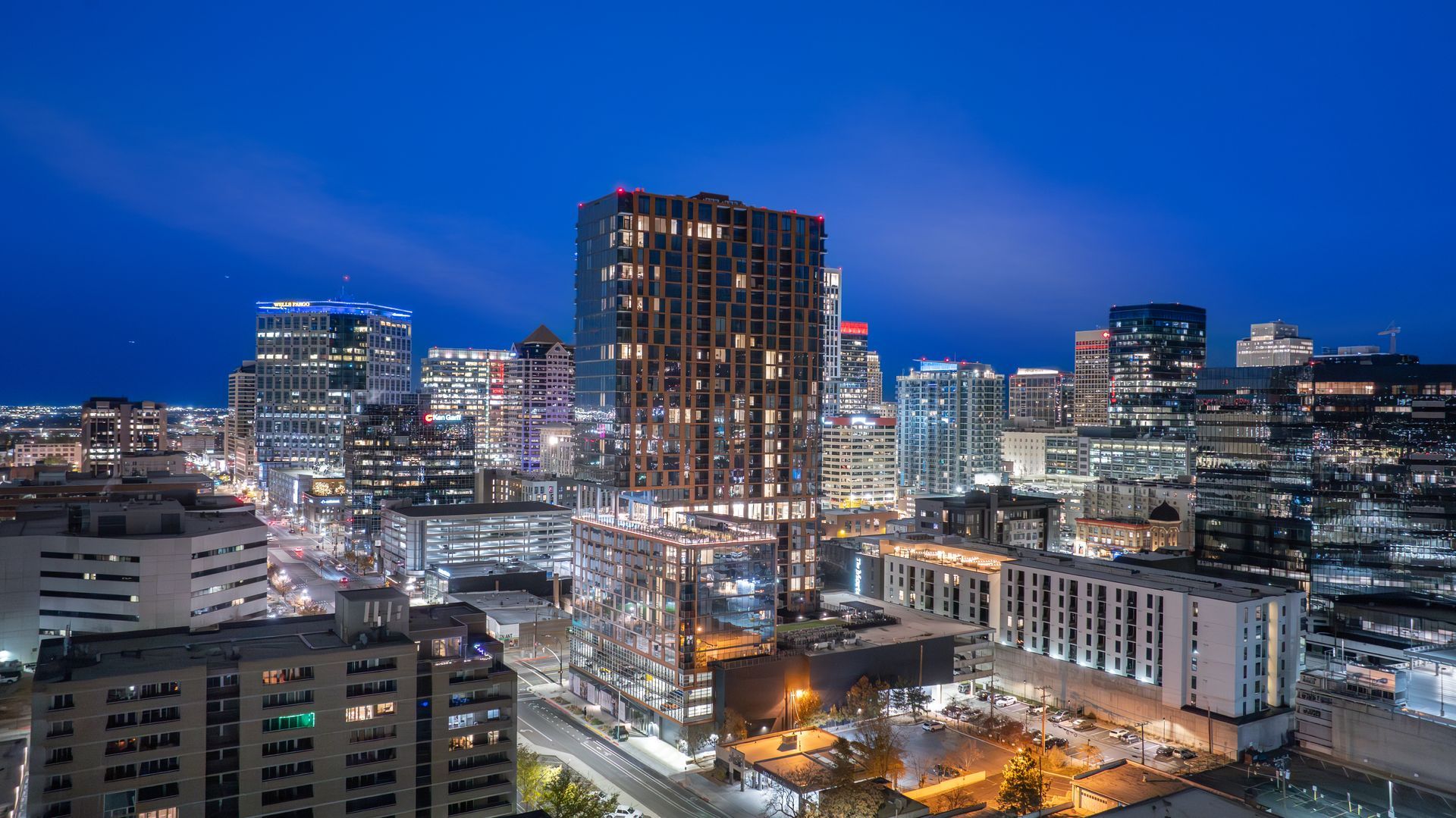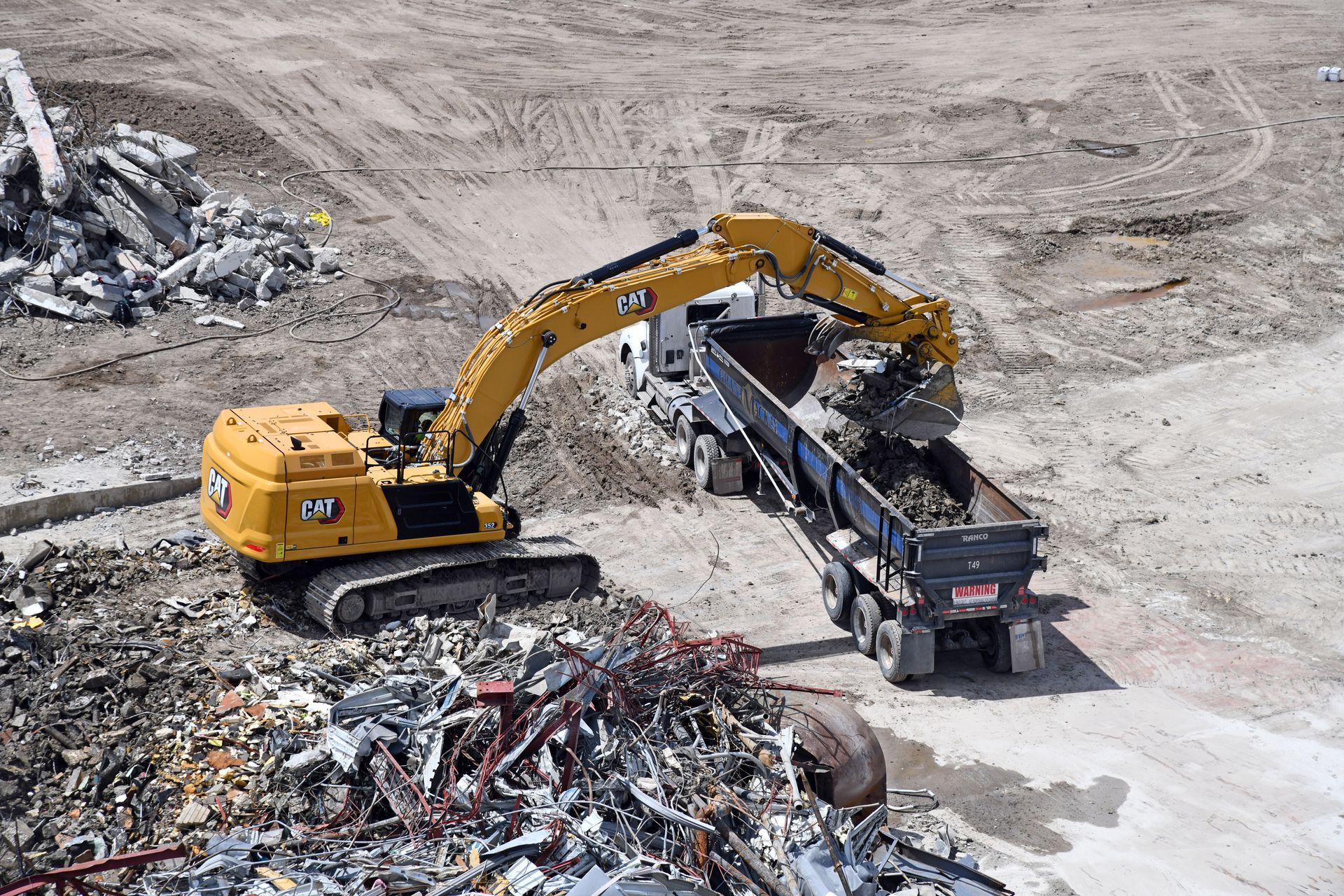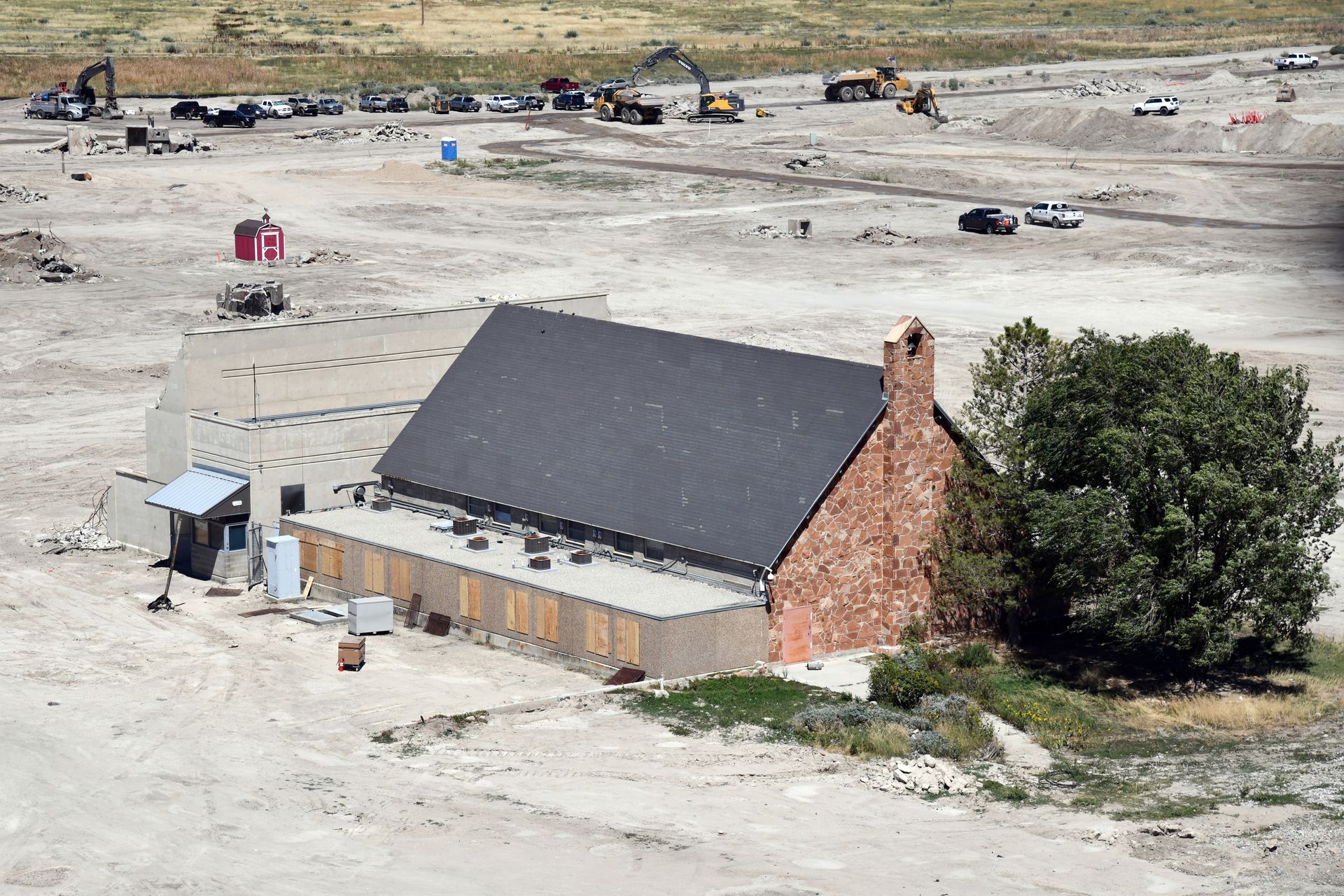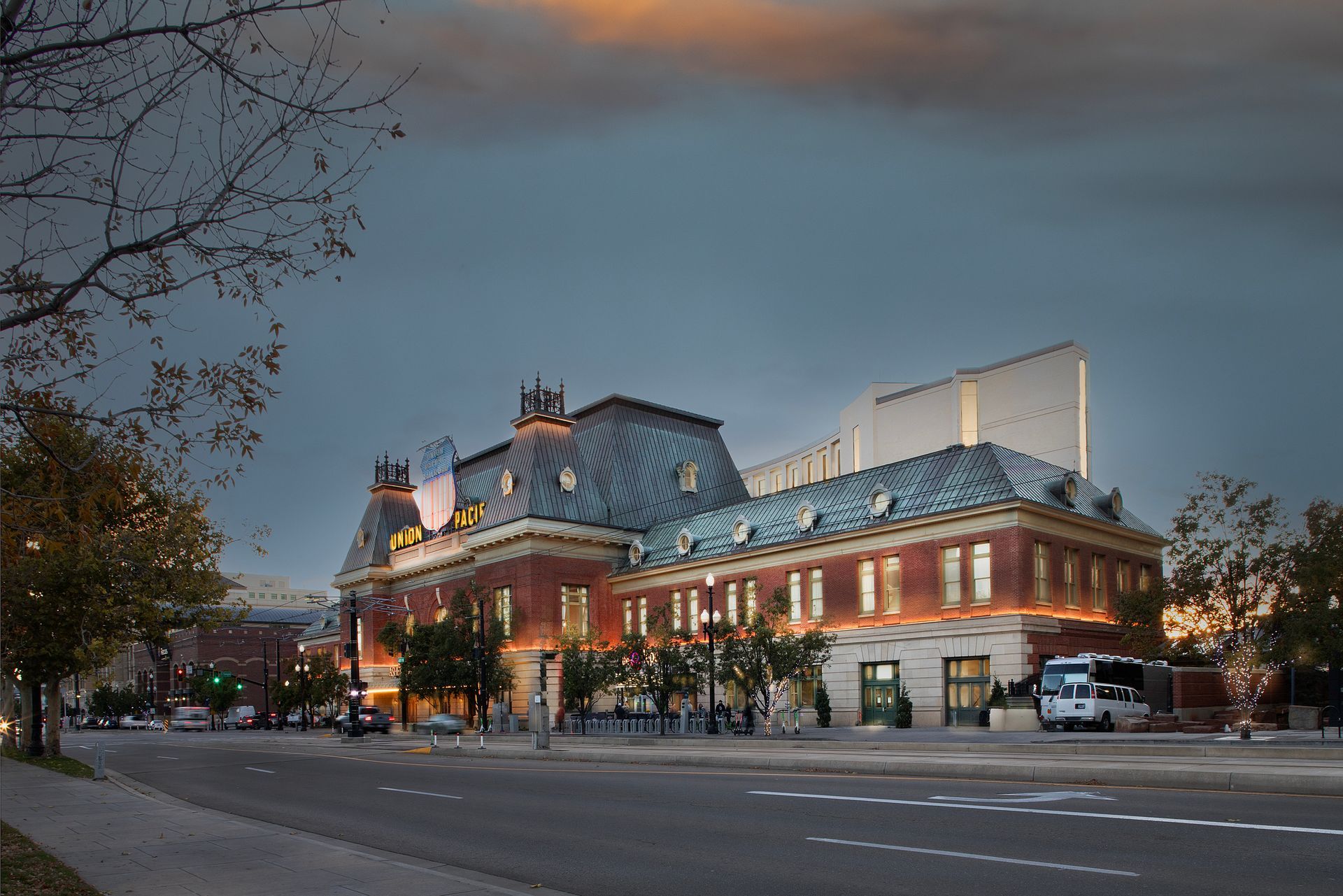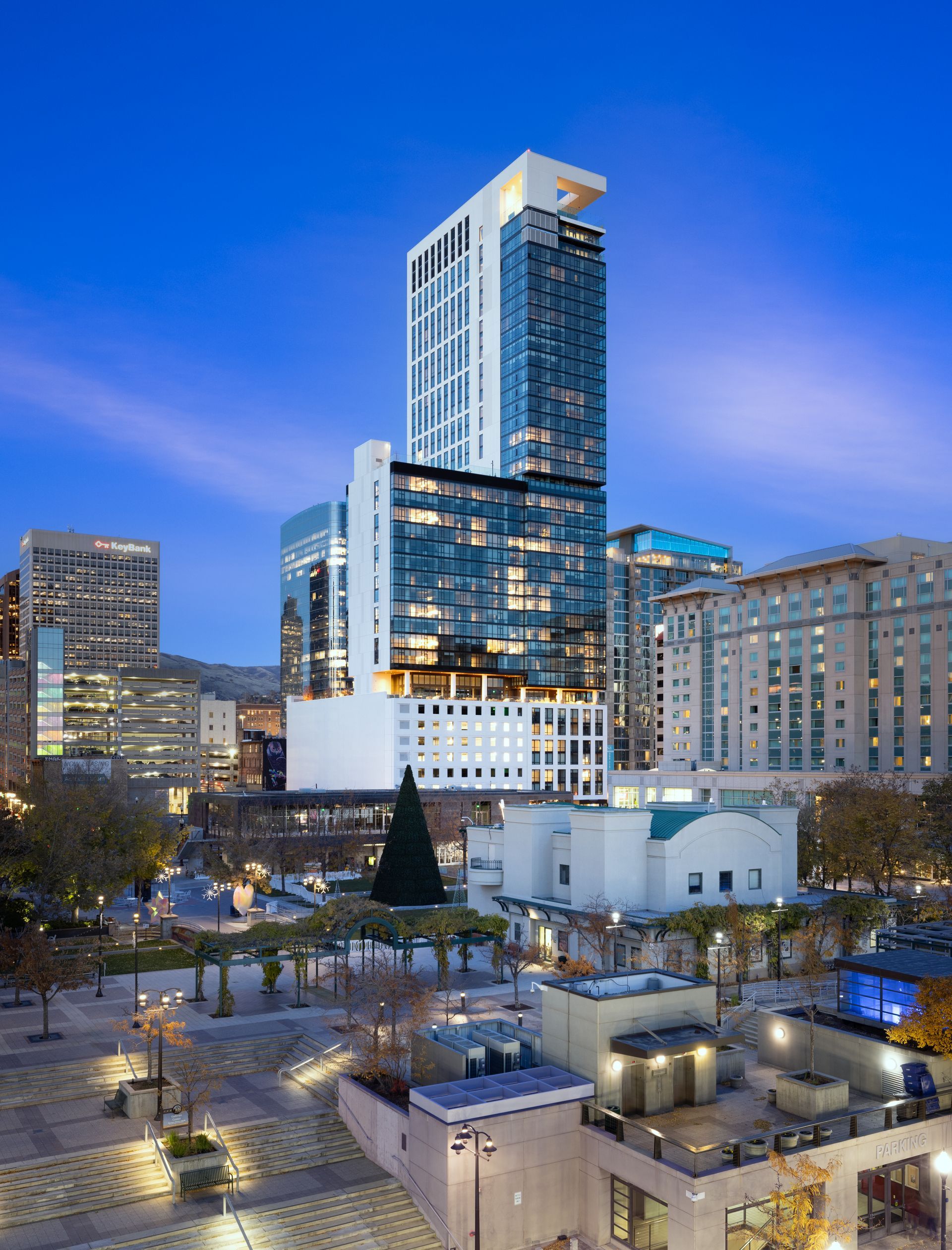With the demolition of the final major structure at the site of the former Utah State Prison, initial infrastructure work at The Point is getting closer to becoming a reality.
By Brad Fullmer
The company had more than 40 workers on site during peak demo activity and was still running a crew of 30 during the home stretch in October. In all, crews demolished over 250 structures totaling an impressive 1.5 million SF, in addition to concrete and asphalt surfaces exceeding another 3 million SF.
"The biggest challenge was just tackling the vast space, over 600 acres," said Mackay, adding that in addition to all the building structures, crews removed all infrastructure including pavement, sidewalks, utilities, etc. "You make a lot of little messes instead of one big mess."
"This has been a momentous project for our company, and it's because of all the guys here—they are the reason we are successful," said Caleb Townes, Project Manager for Grant Mackay. "One of the big [accomplishments] is that we've recycled 70% of materials demolished from this jobsite—157,000 tons of material was either repurposed or reused. This wasn't an easy task. This material will help build the infrastructure of [The Point]. We are literally paving the roadways of the next generation."
Sophisticated and heavy-duty concrete crushing operations on site has eliminated approximately 160,000 miles of truck traffic, mitigating air pollution, reducing wear and tear on adjacent roads, and lessening impacts to neighboring communities. In addition, the Land Authority and DFCM have removed invasive species such as the Russian olive tree and ground the trees into mulch for use in dust mitigation. The mulch will also be repurposed for landscaping in the first phase of development.
"From day one we made a commitment to Utahns that we would conduct our work at The Point in a sustainable manner. Our demolition efforts directly reflect that commitment," said Alan Matheson, The Point Executive Director. "Concrete from the old prison buildings is being crushed onsite for use in the foundation of new buildings and to build future roads. We believe that this is not only a sustainable approach to development, but also literally and figuratively transitions the site from a place of constraint into a place of openness, learning, and opportunity."
"The decades-old prison facilities surrounded by razor wire and guard towers are virtually gone. The land that was previously isolated, closed, and restricted will soon become open and accessible for all Utahns to enjoy," added Teuscher. "We are transforming this site into Utah's Innovation Community where Utahns will have the freedom to choose from a variety of high-paying jobs, world-class shopping venues, family-friendly activities, recreational amenities, entertainment venues, and so much more."
While most of the aging and outdated facilities are removed, the Land Authority has preserved the prison chapel, known as the "Chapel by the Wayside". Offenders built the chapel in the early 1960s with a multi-denominational group of community organizations and citizens who helped to fund its construction. Since 1961, the prison chapel provided offenders a place to exercise their spirituality. It will continue to be an important part of the site's future as a symbol of redemption and hope.
The numbers behind Mackay's demolition recycling efforts are eye-popping, to say the least. Consider the amount of these respective materials that have been repurposed, reused, or recycled:
• Concrete—Enough concrete to lay the foundation of 1,040 homes.
• Steel—Enough steel for 66 four-story commercial office buildings.
• Asphalt—Enough asphalt to construct over five miles of road.
• Rebar—Equivalent weight of over 541 cars.
• Iron—Equivalent weight of approximately 22,795 iron beams.
